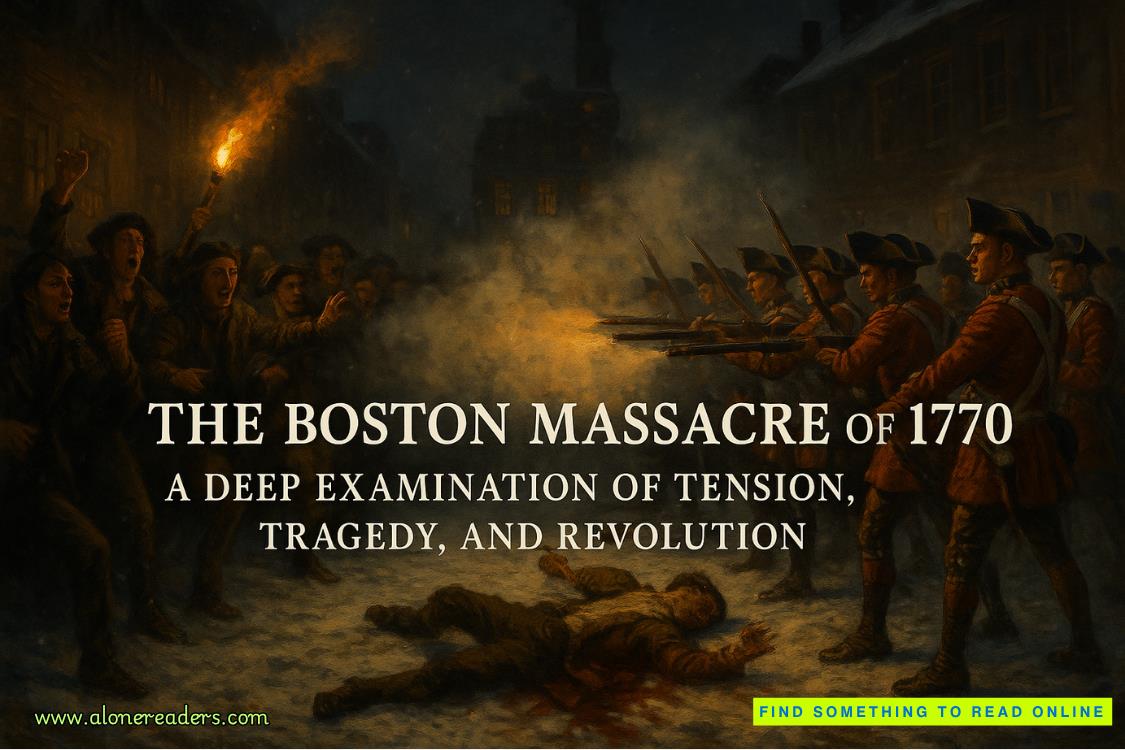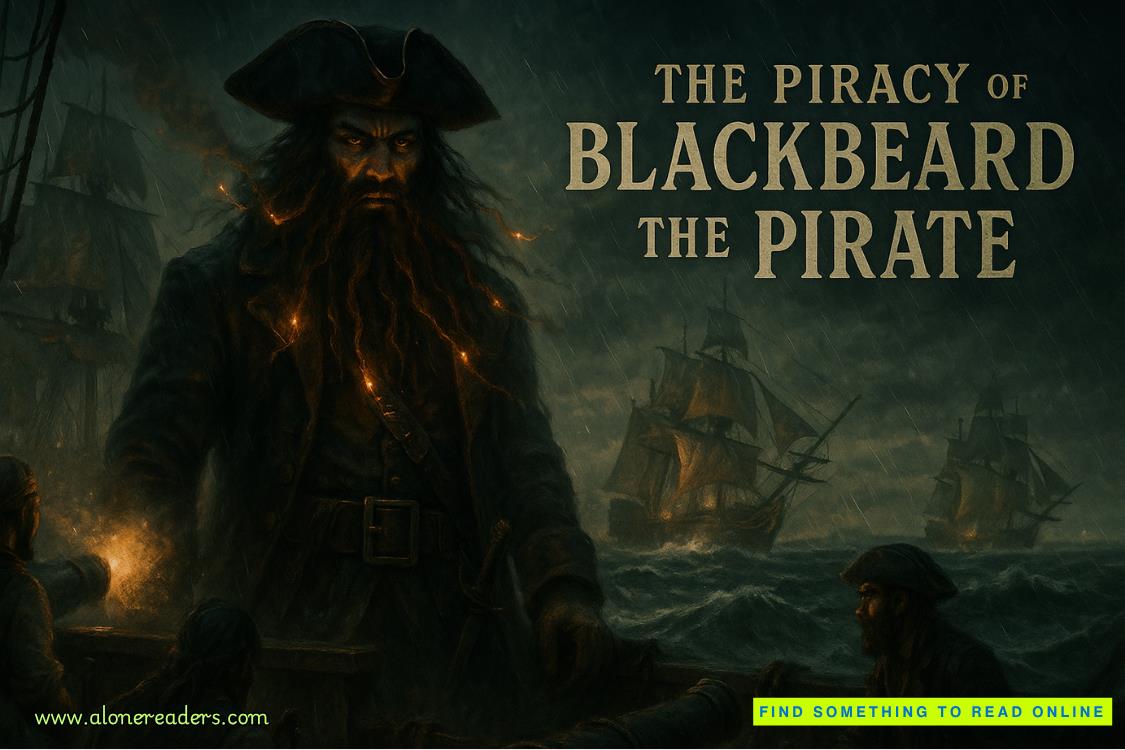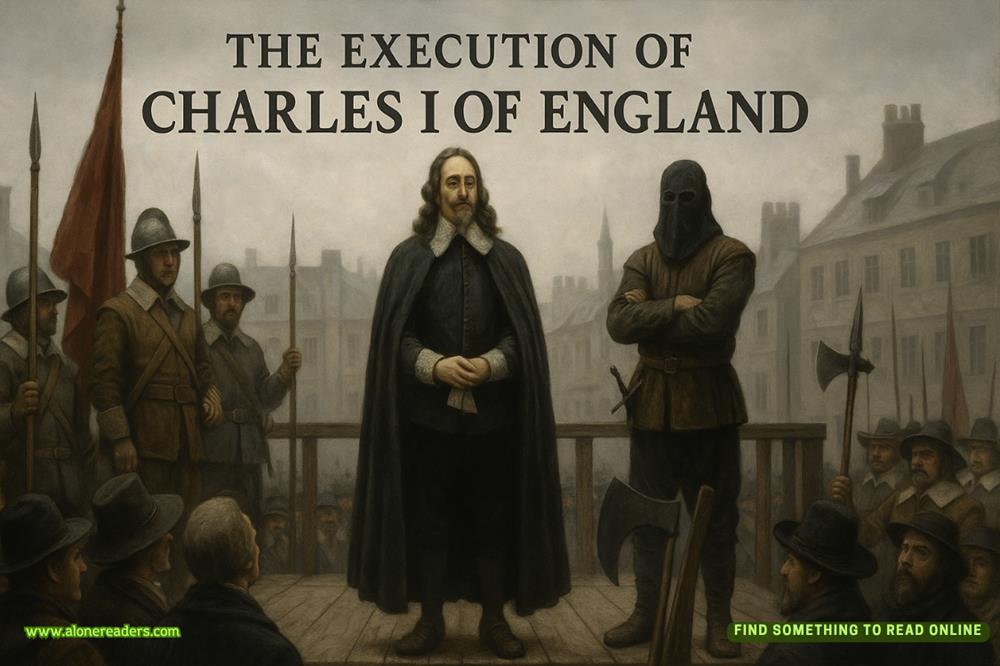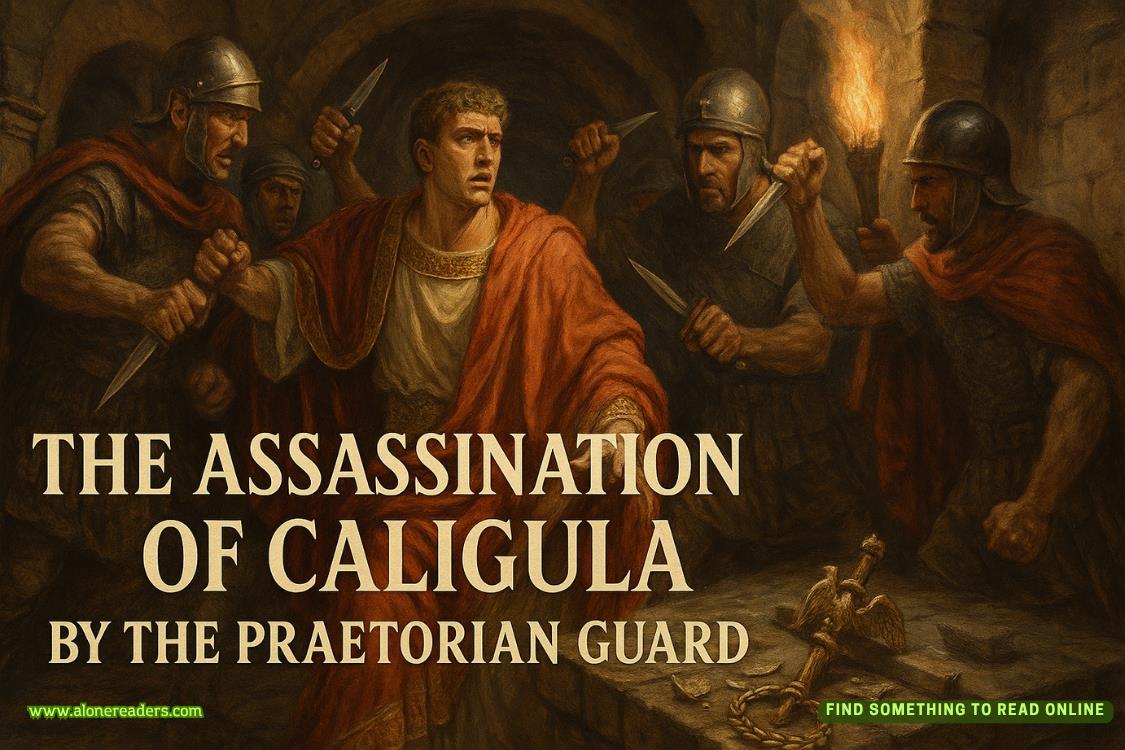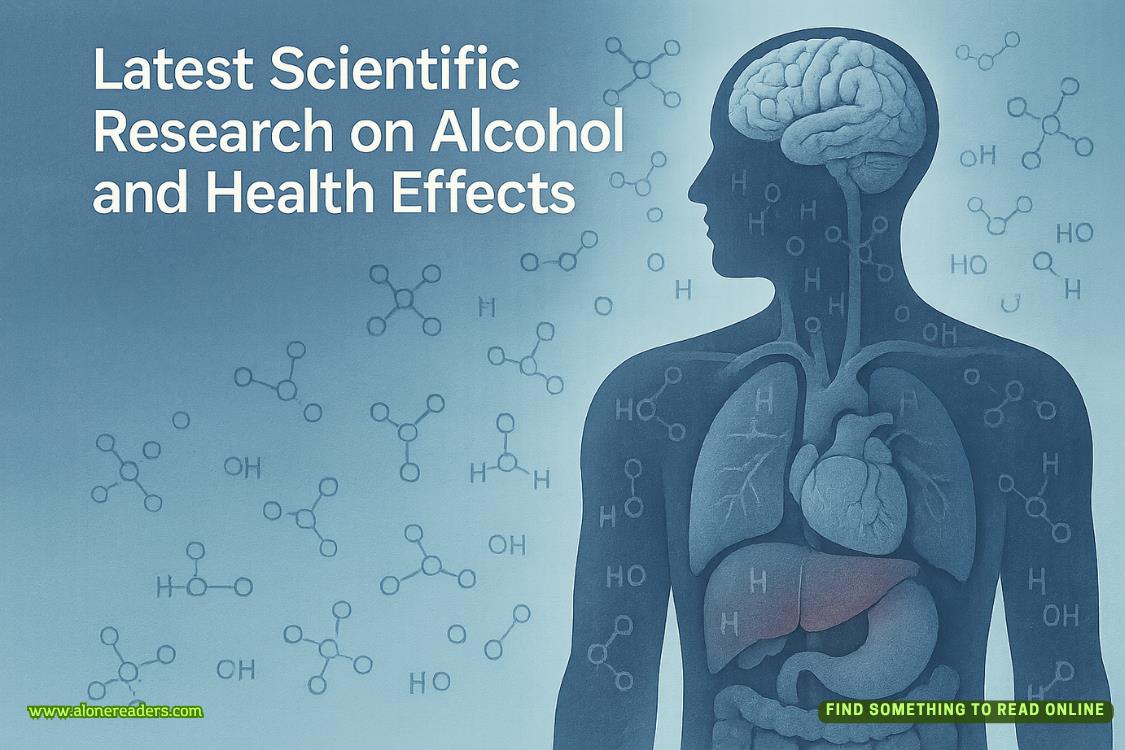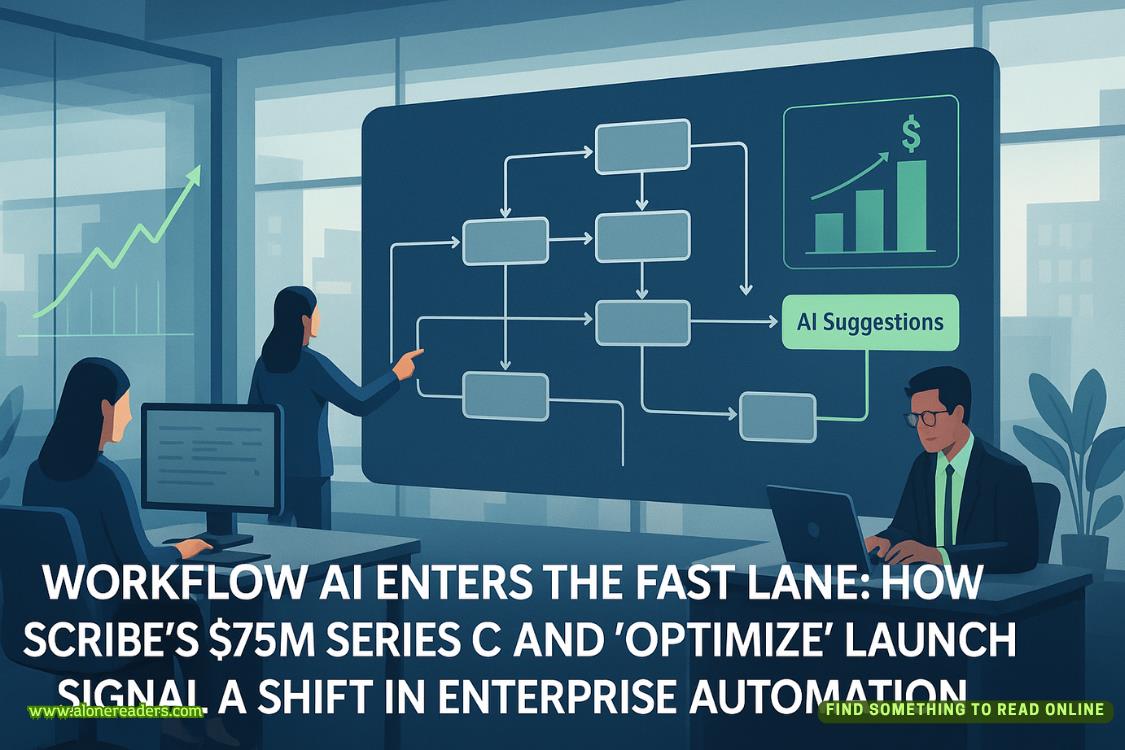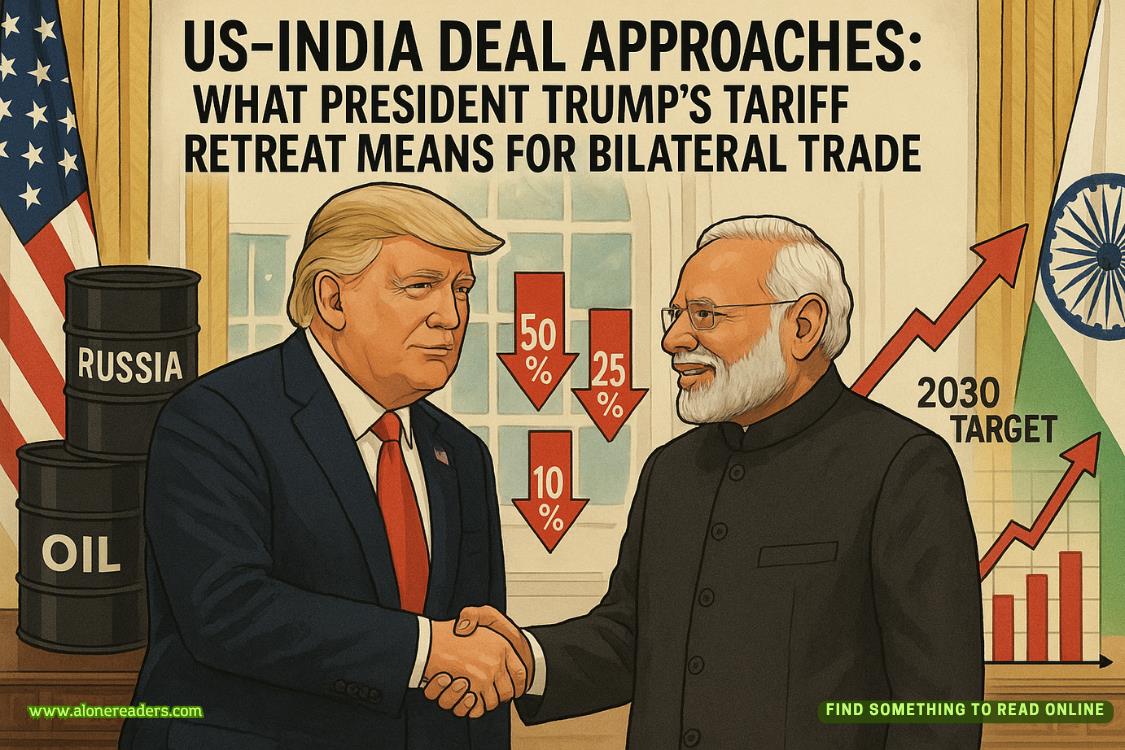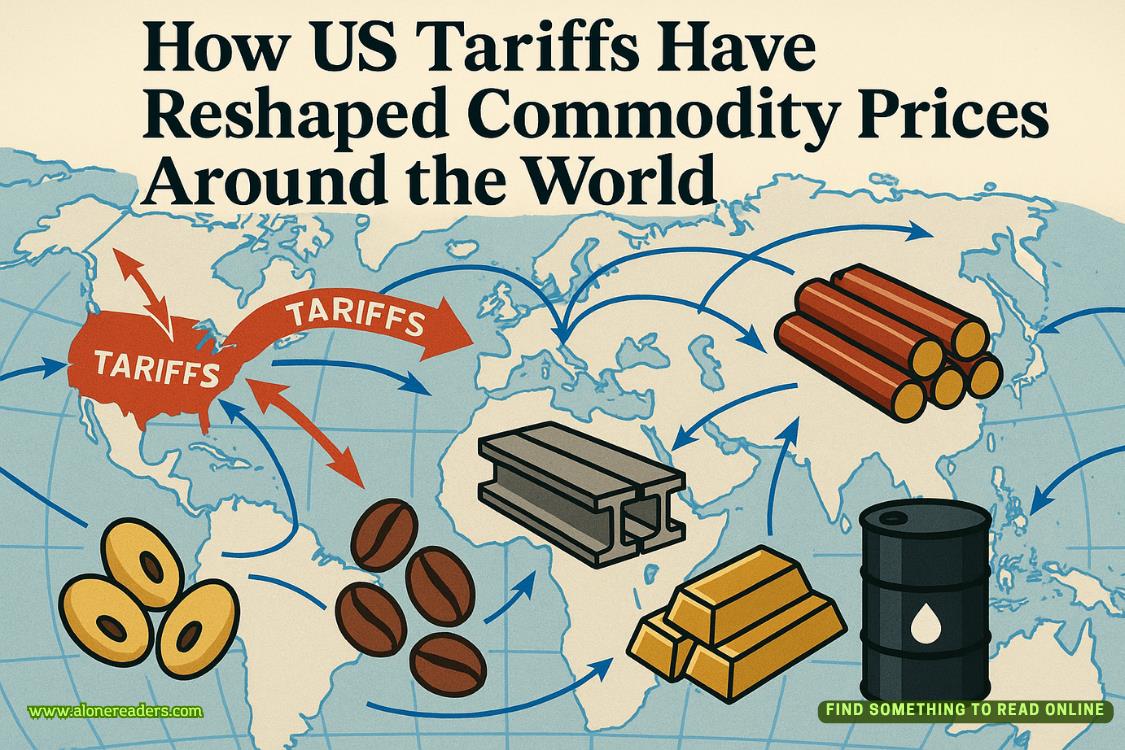Page 104 of Unnatural Death
“Abandoned mines also can be ideal for Iron Mountain types of storage,” Benton is saying as I get sleepier. “What better place to install and maintain a cloud computing system that hosts the most sensitive data? What better place to do this than Buckingham Run?”
The code name of the Northern Virginia–based top secret project is Vitruvian, as in the Roman architect and Leonardo da Vinci’sVitruvian Man. Symbolic of universal connection, the computer system would be housed deep underground, surrounded by solid granite inside uninhabited forestland.
“Also, a much more stable environment for highly sensitive instruments such as quantum computers,” Benton is saying. “And the location is close to Washington, D.C. Meaning it also could provide safe shelter for the president and other officials during a nuclear attack.”
When tunnels and shafts were blasted through granite during the early eighteen hundreds, there was no record of it, Benton explains as I fight to stay awake.
“Not a written description or hand-drawn map. Nothing at all that an enemy nation could get its hands on.” His voice drones on soothingly. “And this is where Wild World’s seaplane fits in. It’s not a coincidence it started flying around the Buckingham Run area at the same time the Mansons began camping there.”
The Twin Otter is equipped with lidar and ground-penetrating radar. It’s been gathering coordinates and images for the Chinese, who are capable of spying with more than just high-altitude balloons, Benton says. The obvious goal is knowing the lay of the land in hopes that one day the enemy will discover a vulnerability, a way to breach what will seem untouchable.
“The micro hard drive you cut out of Brittany Manson’s body is a treasure map,” Benton says in the candlelit dark. “Not a treasure of gold doubloons and black pearls but the blueprint, the schematics of an eventual Fort Knox of sensitive data.”
These details were ready to be handed over once the Mansons got to Dubai, where they’d been in contact with a Chinese spy. While Brittany and Huck were doing the bidding of the Kremlin, they also were slow dancing with intelligence agents in Beijing. The couple double-dipped and double-crossed, Benton tells me, his voice fading in and out.
“Which is probably why they’re dead,” I reply, my eyelids heavy.
“… I think Carrie had them killed to solve a problem and send a message … And whoever did the job was someone Brittany and Huck knew, I’m betting. Perhaps knew them well …”
As Benton talks, I’m slipping into another place, too exhausted to stop myself from falling out of consciousness. I see myself walking along the Thames in London. It’s me but not me as I’m watching. Westminster Abbey and the Ferris wheel called the Eye are vague on the foggy horizon as I’m mindful of the time. Already I’m late for meeting Lucy at New Scotland Yard.
Nearing the entrance pavilion of the stone-fronted headquarters, I dig in my briefcase for my creds. Where is the thin black wallet with my ID and badge? I can’t find it. I won’t be allowed in, and I sense someone is following. I’m aware of someone behind me on the crowded sidewalk along the Victoria Embankment. Turning around, I spot the tall slender figure in a hooded black coat.
I can’t see the person’s face as I pick up my pace, trying to get away. But no matter how fast I walk, the hooded figure is the same distance behind me, like a ghost levitating. Passing docked party boats for hire along the embankment, I glance back constantly. Then suddenly the hooded figure is in front of me, and it’s Carrie. Her eyes are like pinwheels staring weirdly askance, her scarred face shadowed.
“Come along, Kay,” Carrie says in my dream. “And you’ll see that what you fear and run from isn’t me. Never has been. You just think it is.”
The waterfront is crowded, but no one seems to see us as she directs me to the stone wall where gangways lead down to the tour boats. She points at rain-pockmarked muddy water lapping onto the mucky shore. I catch the foul stench as the sun seeps through the English overcast, the sluggish tide eddying around rotting fabric and flesh.
Thick dark blond hair fans on the current, and I recognize my father’s strong jaw, his sharp-featured face. His keen dark blue eyes are looking right at hisl’uccellina, his little bird, as he used to call me. I was who he depended on, his firstborn, both of us Kay Scarpetta. Only he was Kay Marcellus Scarpetta III. I have no middle name, and I can’t save him.
His eyes are fastened on mine sadly as I realize that he feels worse for me than for himself.My little bird should not have this unhappiness and responsibility at such a tender age, he used to say to me in Italian.
CHAPTER 39
THE BRIGHT MORNING SHINES through the edges of the closed window shades, and Benton is walking in with coffee. I pick up my phone from the bedside table, and it’s almost ten.
“I can’t believe I slept this long.” I feel a spurt of panic, my mind racing through what awaits.
“You needed the sleep, and you’re not going anywhere right now.” He sets down the steaming mug. “I’ll be back in a minute with something to eat. But look outside first.” He walks across the room and opens the shades, the snowy trees fiery white against the clear blue morning. “Enjoy the view while you can, because the temperature is warming up quickly. And the power is back on, in case you didn’t notice.”
I pad barefoot across the smooth flooring, and my eyes water as I look out the windows, the sun flaring off smooth moguls that are driveways and yards. Hedges and other shrubs are piled high, the snow brilliant white in the light and bluish in the shade. Across the street two children are bundled for the weather, pulling sleds with their father, an Air Force general who lives around the corner from us.
Freshening up in the bathroom, I tidy Merlin’s litterbox. I carry my briefcase back to bed, sliding out the files Fabian left for me about Mike Abel’s death this past August. I start with the police report, and my own autopsy findings. I skim through lab test results, and the victim was negative for everything except a therapeutic level of acetaminophen. According to his widow, Bonnie, he didn’t drink, smoke or take drugs of any description.
Only Tylenol, I’m reading in Fabian’s transcript of his conversation with Prince William County Investigator Wally Jonas. Apparently Mike was suffering from arthritis that had gotten more severe since he’d had COVID two years ago. His late father who started the dairy farm was crippled by arthritis by the time he was fifty, and Mike was headed on that same horrible path, Bonnie told Jonas.
Some days it was hard for her husband to get out of bed, and she complained about taking over more responsibility than she knew how to handle. Logging onto my laptop, I open a file of photographs that Fabian has emailed, and I’m reminded of details that I assigned little importance to at the time. I zoom in on Mike Abel’s head, his graying hair matted with blood.
When I examined him at the scene, he was warm and limber as in life, pinned to the ground by the overturned tractor. His ears and scalp were cut, and I didn’t think that unusual. When people are in motor vehicle crashes or crushed by machines, they’re in contact with a lot of metal and other objects that have sharp corners and edges. I expect the victims to have all sorts of cuts, lacerations, contusions and fractures.
“Anything good?” Benton is back with a toasted English muffin that he buttered and spread with honey. He sets down the plate on the table next to me, draping a napkin over my lap. “I fed Merlin and he’s snoozing in front of the fire.”
“You remember the odd tractor death in Nokesville last August?” I take a bite, and I’m ravenous.
“The Mansons’ neighbor.”
“Yes. The dairy farmer, Mike Abel. The mystery has been what caused him to lose control of his tractor. Why did he suddenly start weaving and then flip over?” I take another bite of muffin. “After what happened to me last night, I can’t help but wonder if there could be a connection. Did the same thing happen to him? Was he swarmed by drones? And if so, why?”
